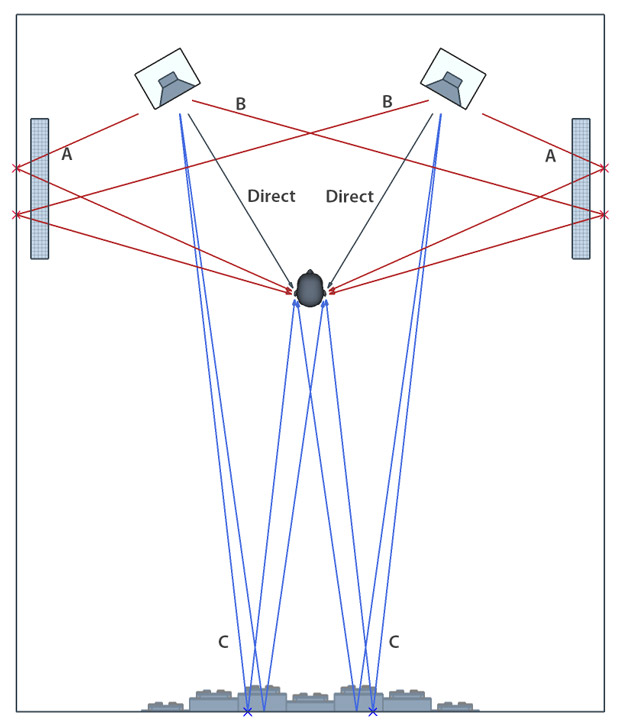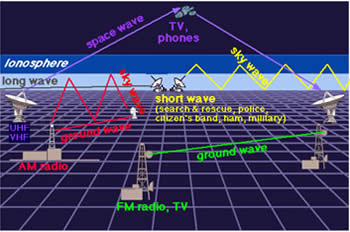

In order for someone underwater to hear you, the sound waves have to go from the air in your mouth into the water surrounding you. Your lungs provide the burst of air, and your vibrating vocal cords and mouth imprint the appropriate sound waveform on the air. When you talk, you do so by emitting air and then sending compression waves through this air. While water is denser than air, its stiffness is enough greater than air to compensate for the high density and make the speed of sound greater in water.īut the fact that sound travels faster in water than in air just brings up the next question: Why is it harder to talk to someone underwater than in air? The answer is that sound couples poorly from air to water. A light, stiff liquid (such as glycerol with v = 1900 m/s) can have a higher speed of sound than a heavy, spongy solid (such as rubber with v = 1600 m/s). While solids usually have a higher speed of sound than liquids because solids are stiffer than liquids, this generalization is not always true because density also plays a role. In determining the speed of sound in a given material, the material's stiffness and density tend to work against each other. In general, heavier materials (those with higher mass densities) have slower speeds of sound, all else being equal. More massive balls have more inertia to overcome and therefore take longer to respond to a push from a neighbor. We also have to take into account the atoms themselves (the metaphorical balls in the grid). However, we have to take into account more than the chemical bonds (the springs). For instance, water molecules bound in ice form have a speed of sound more than twice as fast as in liquid water. The key component is the stiffness of the chemical bonds involved and not just the type of molecules that are present. Non-stiff materials such as air and water have relatively slow speeds of sound, while stiff materials such as diamond and iron have high speeds of sound. Similarly, in real materials, stiffer chemical bonds between atoms leads to a faster speed of sound. In the metaphorical grid of balls and springs, stiffer springs will snap back faster, leading to faster wave propagation. With the compression-wave nature of sound in mind, it should make sense that stiffer materials propagate sound at higher speeds. In a similar way, standard sound is just a compression wave traveling through the atoms and bonds in a material. This process repeats in domino fashion and you get a compression wave traveling though the grid of balls. In the process, however, the neighboring balls get pushed, causing the springs connecting them and their neighbors to compress. But the compressed springs bounce back, replacing the balls to their original position. When you push on a few balls in the grid, they move closer to their neighbors on one side and the springs connecting the balls and their neighbors compress.


You can think of a material as a grid of heavy balls (representing the atoms) connected by springs (representing the bonds between the atoms). Fundamentally, standard sound is a compression wave traveling though a material. The speed of sound in air under typical conditions is about 343 meters per second, while the speed of sound in water is about 1,480 meters per second. Sound travels faster in water than in air. Sound travels so well underwater that submarines use sound-based sonar to image their environment.


 0 kommentar(er)
0 kommentar(er)
